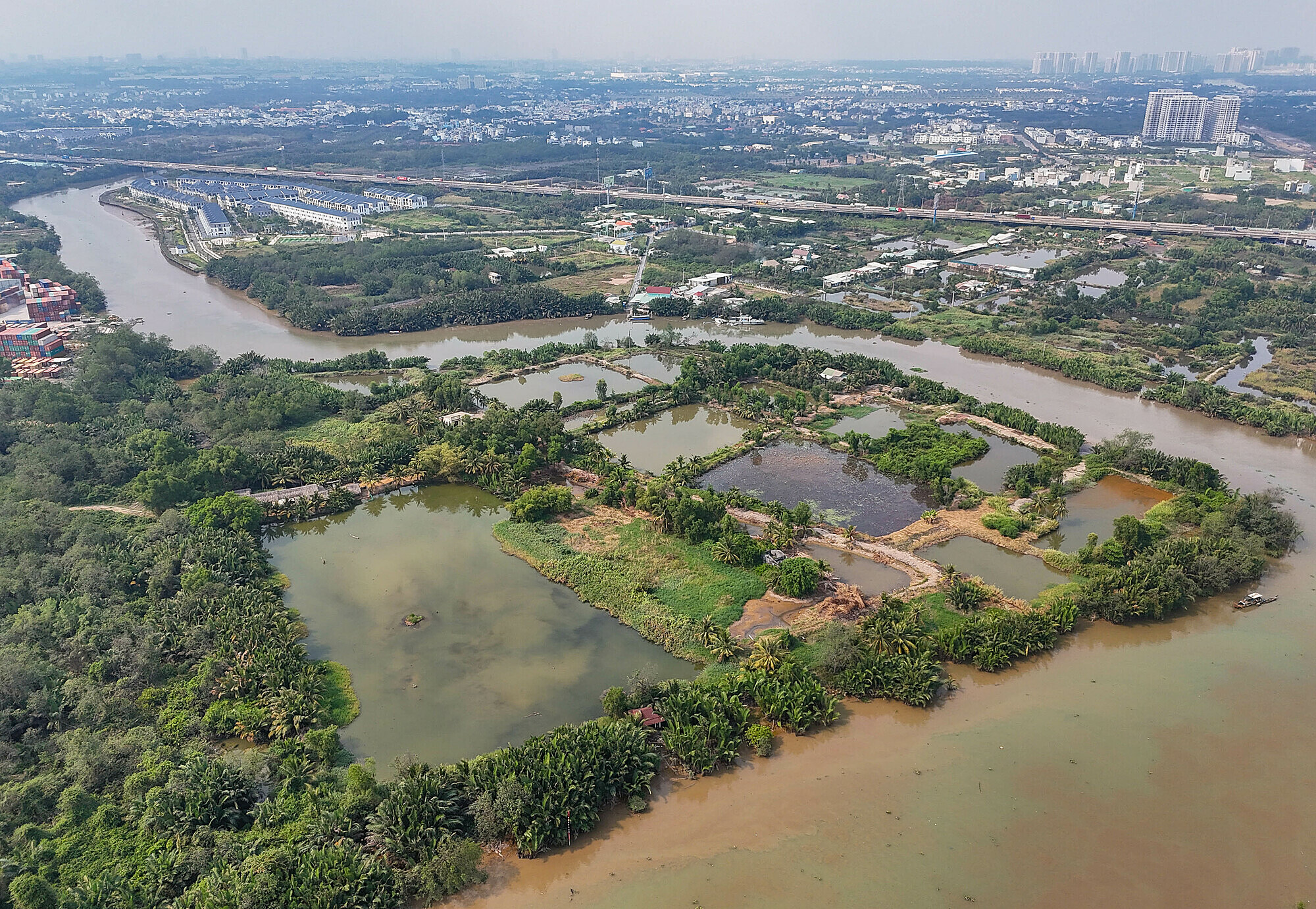The Government Office recently relayed Prime Minister Pham Minh Chinh's directive to address public concerns regarding the high financial obligations associated with changing land use purposes, which are impacting livelihoods.
The prime minister has directed the Ministry of Finance to lead a collaborative effort with the Ministry of Agriculture and Rural Development and other relevant parties. Their task is to research and propose feasible and appropriate solutions for adjusting land prices. A report on these solutions is due to the prime minister by 9/10.
In Hanoi and Ho Chi Minh City, many households are struggling to change land use purposes due to the high financial obligations calculated based on official land price tables.
Current regulations require individuals changing land use from agricultural to residential to pay the full difference between the prices of the two land types, instead of the previous 30% to 50% rate. Additionally, adjustments to land price tables in many localities have caused a dramatic increase in land use fees, in some cases several times higher than before. This has also presented challenges for localities implementing the 2024 Land Law.
Many opinions suggest that the annual development and immediate implementation of land price tables from January 1st is resource-intensive and time-consuming.
Associate Professor Dr. Nguyen Dinh Tho, deputy director of the Institute of Policy and Strategy for Agriculture and Rural Development (IPSARD), acknowledges the significant disparity between official land prices and market prices. This discrepancy leads to inconsistencies in compensation calculations and affects investment attraction. The large gap between official and market prices also directly impacts individuals and businesses.
 |
Real estate in eastern Ho Chi Minh City, featuring land plots and townhouses. Photo: Quynh Tran |
In a draft amendment to Decree 103 concerning land use and rental fees recently submitted to the government, the Ministry of Finance proposed two options for calculating land use fees for households and individuals converting agricultural land to residential use. In addition to maintaining the current regulation, which requires payment of the full difference between residential and agricultural land prices based on the new price table, the ministry proposed reinstating the previous percentage-based mechanism.
Specifically, for cases involving the conversion of garden or pond land located on the same plot as a residential house, or land originally adjacent to a residential house (but separated due to technical factors before 2004), the Ministry of Finance proposed calculating land use fees based on a percentage rather than the full difference. The proposed fee is 30% of the difference between residential and agricultural land prices if the area is within the residential land allocation limit. For any area exceeding this limit, individuals would pay 50% of the difference.
During a meeting in August, Deputy Prime Minister Tran Hong Ha emphasized the need for clear justification for land use conversion fees, including specifying the reasons for collection and reduction. He also called for defining responsibilities between the state and businesses and avoiding land resource waste.
He highlighted the importance of distinguishing between groups when calculating land use conversion fees. "For individuals purchasing land for the first time to build a house, the fee must be affordable and ensure their rights and realistic access. Those who hold land idle, speculate, or delay project implementation should be treated differently," he added.
Phuong Dung












